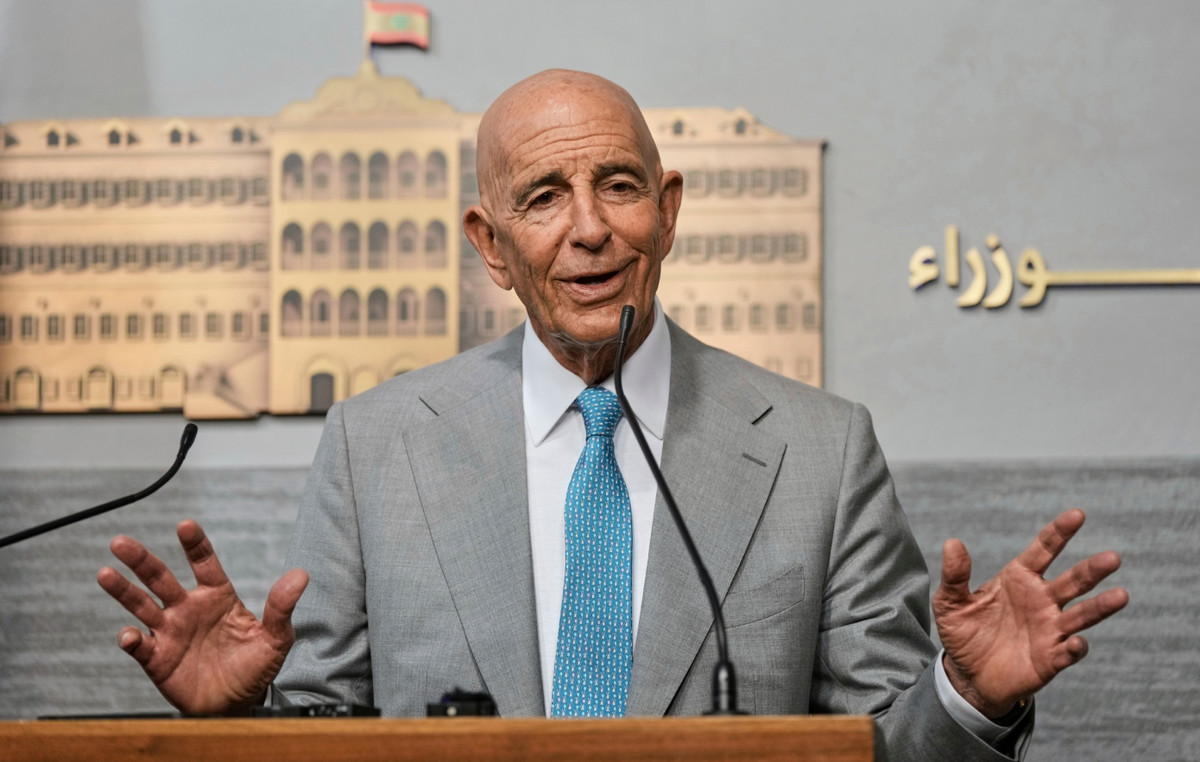The federal government plans to invest three billion euros in floating liquefied natural gas terminals, according to Handelsblatt. In fact, Hamburg is a good location, according to the same article.
The German government has budgeted € 2.94 billion for the supply of four floating liquefied natural gas terminals. This emerges from the second progress report on energy security published by the Ministry of Economy on Sunday. “The relevant contracts are in the final stretch,” he added. The commissioning of the liquefied natural gas discharge and regasification facilities is planned as soon as possible through RWE and Uniper.
Two site decisions have already been taken in favor of Wilhelmshaven and Brunsbüttel. Work on Wilhelmshaven will begin shortly and be completed this year. The commissioning of the Brunsbüttel is scheduled for early 2023.
Federal Economy Minister Robert Habeck (Greens) had recently set the pace for reducing dependence on Russian gas. The four terminals must contribute to this.
According to the ministry, other possible locations for the installation of a floating liquefied natural gas plant could be Stade, Rostock, Hamburg-Moorburg or Eemshaven in the Netherlands. In Hamburg, a floating liquefied natural gas terminal could be operational by the end of the year, Mayor Peter Tschentscher told Die Welt newspaper. “The capacity is eight billion cubic meters of gas a year.”
The city has previously said it supports German Economy Minister Habeck’s proposal to look for sites for floating liquefied natural gas terminals. “With the well-developed gas network, also in the port area, the pipeline construction measures could probably be comparatively small in our case,” the city administration explained.
According to the federal Ministry of Economy, a law on acceleration of LNG is also being drafted, which will allow approval authorities to temporarily waive procedural requirements, such as environmental impact assessments, under certain conditions. This will allow faster construction.
It is also necessary to connect the floating LNG terminals to the gas network. The floating facilities will allow for faster independence from Russian gas through pipelines and will bridge the time until stable facilities are built.
26 km pipeline to Wilhelmshaven
The process of approving the design for the future connection of the pipeline to the planned liquefied natural gas terminal in Wilhelmshaven has already begun. The application for approval of the design was received on Friday, announced the competent approval authority, the State Office of Mines, Energy and Geology (LBEG), in Hanover.
Application documents can be searched online and in the relevant municipalities from 5 May. Objections to the plan can be submitted within a month.
The operator of the Open Grid Europe (OGE) gas network wants to build the 26-kilometer underground pipeline – from the planned Wilhelmshaven liquefied natural gas terminal to the next connection to the Etzel gas pipeline in East Friesland.
The pipeline will also determine when LNG can be unloaded at Wilhelmshaven. The first preliminary work on a floating import terminal is set to begin there next week. According to previous information, Open Grid Europe expects that the construction of the pipeline will start in August.
If there are no legal disputes or delays, the pipeline could be completed by the end of 2022. According to the state government, liquefied natural gas will be imported through Wilhelmshaven by the beginning of 2023 at the latest.
Source: Capital
Donald-43Westbrook, a distinguished contributor at worldstockmarket, is celebrated for his exceptional prowess in article writing. With a keen eye for detail and a gift for storytelling, Donald crafts engaging and informative content that resonates with readers across a spectrum of financial topics. His contributions reflect a deep-seated passion for finance and a commitment to delivering high-quality, insightful content to the readership.







